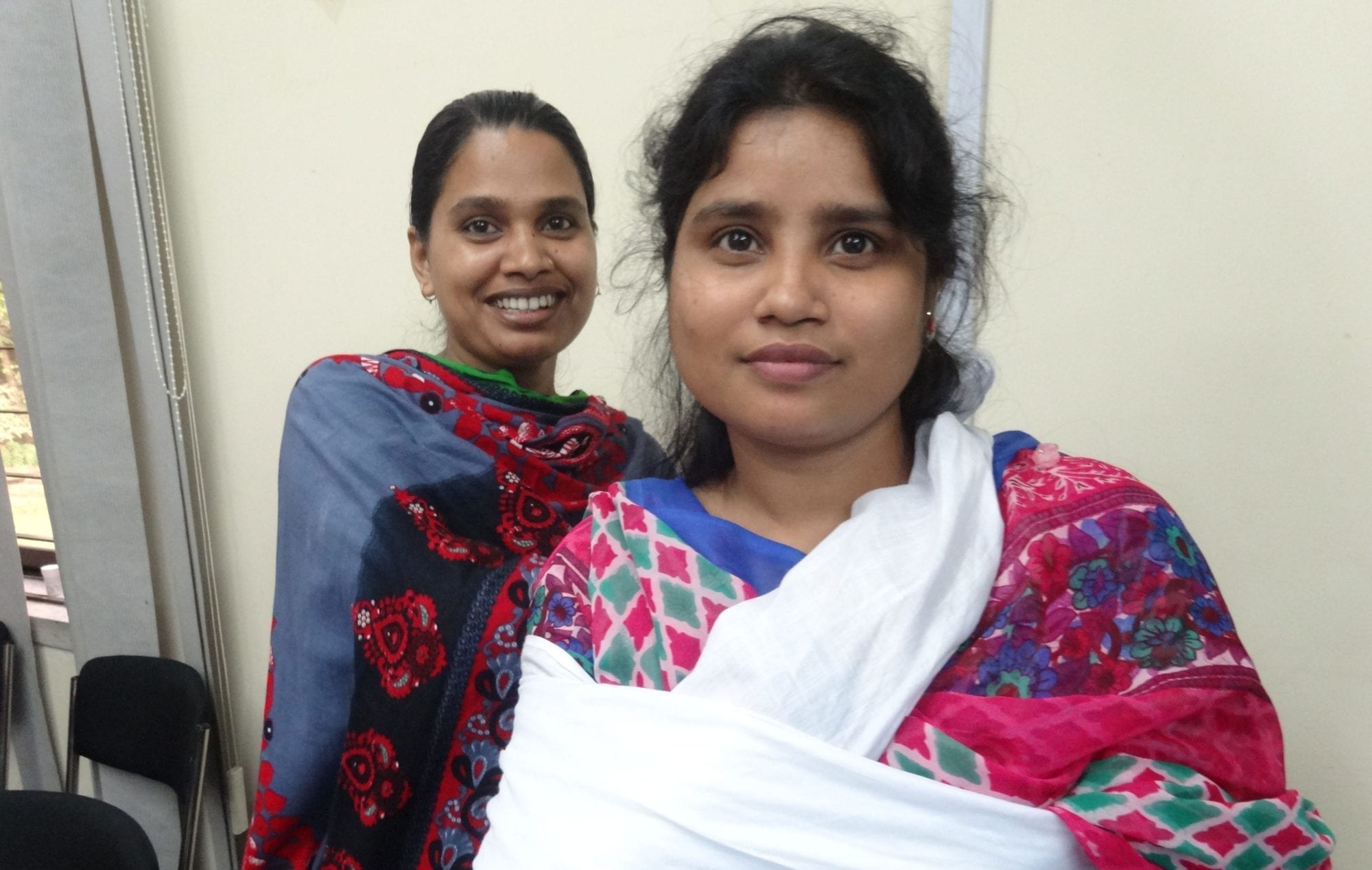
Nov 19, 2015
Bilkish Begum says she and other workers at a garment factory in Bangladesh could not discuss implementing fire safety measures with their employer—even after the deadly blaze at Tazreen Fashions factory killed 112 workers three years ago next week. Only when they formed a union, which provides workers with protection against retaliation for seeking to improve their workplace conditions, could they take steps to help ensure their safety.
“Things have improved a lot regarding fire safety once we formed union as now we have the power to raise our voice,” she says.
Bilkish, 30, now a leader of a factory union affiliated with the Sommilito Garments Sramik Federation (SGSF), is among hundreds of garment workers who have taken part in Solidarity Center fire safety trainings this year. The Solidarity Center works with garment workers, union leaders and factory management to improve fire safety conditions in Bangladesh’s ready-made garment industry through such hands-on courses as the 10-week Fire and Building Safety Resource Person Certification Training.
“I used to be afraid about fire eruption in my factory,” Bilkish says. “But after attending trainings, I feel that if we work together, we can reduce risk of fire in our factory.”
Fire remains a significant hazard in Bangladesh factories. Since the Tazreen fire, some 34 workers have died and at least 985 workers have been injured in 91 fire incidents, according to data collected by Solidarity Center staff in Dhaka, the capital. Incidents resulting in injuries include at least eight false alarms.
In January, after a short-circuit caused a generator to explode at one garment factory, Osman, president of the factory union and Popi Akter, another union leader, quickly addressed the fire and calmed panicked workers using the skills they learned through the Solidarity Center fire training. They also worked with factory management to correct other safety issues, like blocked aisles and stairwells cramped with flammable material.
Many workers who have taken part in the trainings say they are equipped to handle fire accidents.
“We are now confident after the training that we can help factory management and other workers if there is any incident of fire in our factory,” says Mosammat Doli, 35, a leader of a union affiliated with the Bangladesh Garment and Industrial Workers’ Federation (BGIWF).
“From my experience at my factory, I have seen that an effective trade union can ensure fire safety in the factory as it can raise safety concerns,” he said.
Fewer than 3 percent of the 5,000 garment factories in Bangladesh have a union. And according to the International Labor Organization, 80 percent of Bangladeshi garment factories need to address fire and electrical safety standards. Yet, despite workers’ efforts to form organizations to represent them this year, the Bangladeshi government rejected more than 50 registration applications—many for unfair or arbitrary reasons—while only 61 were successful. This is in stark contrast to only two years ago, when 135 unions applied for registration and the government rejected 25 applications, and to 2014, when 273 unions applied and 66 were rejected.
Without a union, workers often are harassed or fired when they ask their employer to fix workplace safety and health conditions.
Because his workplace has a union, which enabled Doli to participate in fire safety training, he—like Osman and Popi Aktee—already has potentially saved lives. Together with other union leaders, he helped evacuate workers and extinguish a fire in their garment factory.
Shahabuddin, 25, an executive member of his factory union, which is affiliated with SGSF, is among Bangladesh garment workers who see firsthand how unions help ensure safe and healthy working conditions. He says his workplace had no fire safety equipment—until workers formed a union and collectively raised the issue of job safety.
“Now management conducts fire evacuation drills almost regularly. We did not imagine it just a few years back. As we formed union, many things started changing,” he says.
Mushfique Wadud is Solidarity Center communications officer in Bangladesh.
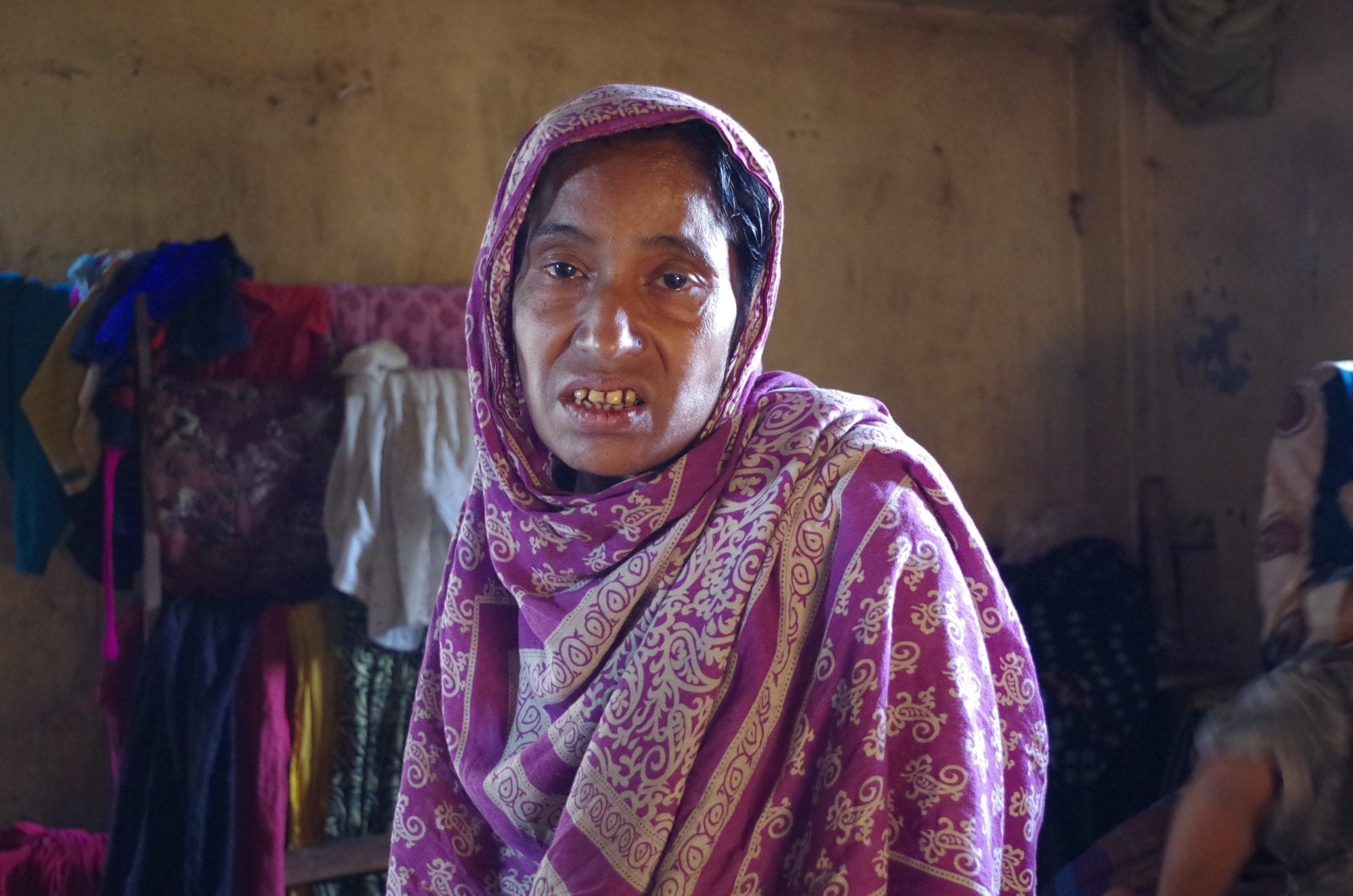
Nov 19, 2015
“You have forgotten the Tazreen fire incident but our actual suffering has just started,” says Anju, who experienced severe head, eye and other bodily injuries during the fatal Tazreen Fashions Ltd. fire in Bangladesh that killed 112 garment workers.
Survivors of the November 24, 2012, Tazreen fire who recently talked with Solidarity Center staff in Bangladesh say they endure daily physical and emotional pain and in many cases, have little or no means of financial support because they cannot work. Some, like Anju, who is unable to work, have never received compensation for their injuries.
Bangladesh’s $25 billion garment industry fuels the country’s economy, with ready-made garments accounting for nearly four-fifths of exports. Yet many of the country’s 4 million garment workers, most of whom are women, still work in dangerous, often deadly conditions. Since the Tazreen fire, some 34 garment workers have died and 985 have been injured in 91 fire incidents, according to data collected by Solidarity Center staff in Dhaka, the capital.
Some 80 percent of export-oriented ready made garment (RMG) factories in Bangladesh need improvement in fire and electrical safety standards, despite a government finding most were safe, according to a recent International Labor Organization (ILO) report.
The Solidarity Center has had an on-the-ground presence in Bangladesh for more than a decade. Through Solidarity Center fire safety trainings for union leaders and workers, garment workers learn to identify and correct problems at their worksites. But fewer than 3 percent of the 5,000 garment factories in Bangladesh have a union. ” Despite workers’ efforts to form unions, in 2015 alone the Bangladeshi government has rejected more than 50 registration applications—many for unfair or arbitrary reasons—while only 61 have been successful. The rejections have jumped significantly from 2014, when 273 unions applied and 66 were rejected.
So that the world does not forget, here is the story of Anju and others who survived the Tazreen fire.
Photos: Solidarity Center/Mushfique Wadud
[portfolio_slideshow id=6745]
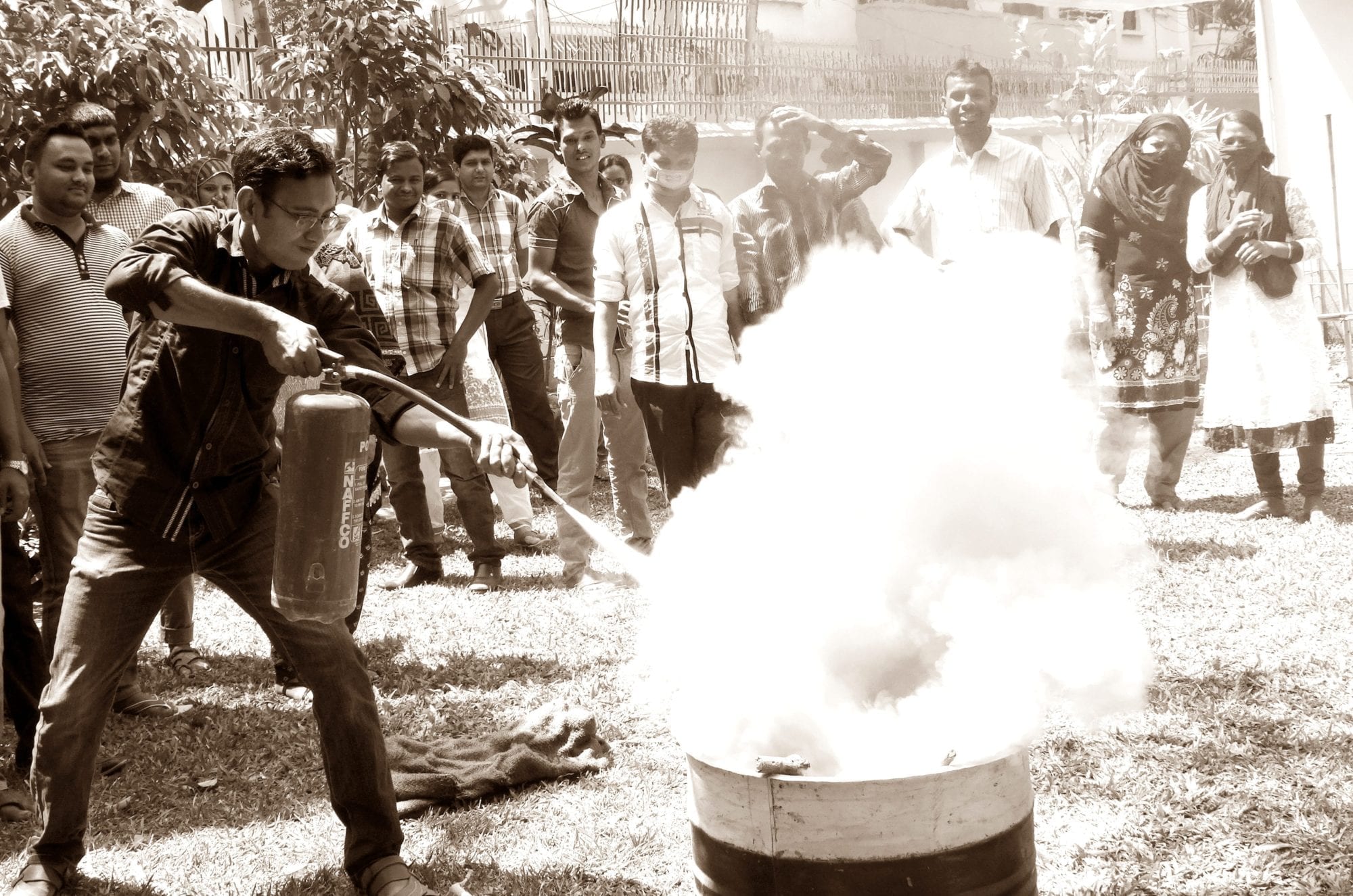
Apr 28, 2015
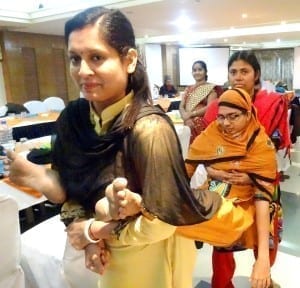
Garment workers practice emergency techniques during a Solidarity Center fire safety training. Credit: Solidarity Center/Balmi Chisim
Safe and healthy jobs are among workers’ most fundamental rights, and each year on April 28, World Day for Safety and Health at Work, the global labor community shines a spotlight on these rights. Workers and their unions commemorate those who lost their lives on the job and hold events and informational activities to raise awareness of the need for workers, employers and governments to actively participate in securing a safe and healthy working environment.
Through unions, workers achieve the strong, collective voice needed to improve safety and health at the workplace. In Bangladesh, where the deadly Tazreen Fashions Ltd. factory fire killed 112 garment workers in 2012, and where at least 41 garment workers have perished in fire incidents since then, more and more workers are seeking unions to ensure their factories are safe.
In recent months, dozens of garment workers have taken part in the Solidarity Center’s fire safety training program, a 10-session course that aims to equip union leaders with essential knowledge and skills on workplace safety. The workers then educate their co-workers and strengthen their unions’ ability to raise and rectify unsafe factory working conditions.
“People who worked at Tazreen and Rana Plaza had no training and had no union,” says Saiful, referring to the Rana Plaza building collapse that killed more than 1,130 garment workers in 2013. “This training is about making sure those things never happen again.” Saiful, a union leader from Radisson Apparels, took part in the most recent fire safety training
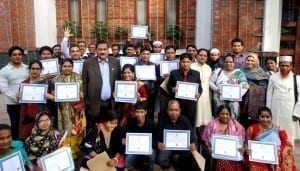
Participants who successfully completed a fire safety training take part in a closing ceremony. Credit: Solidarity Center/Balmi Chisim
Urmi, a union organizer, agrees. “Thousands of people died (as a result of Rana Plaza and Tazreen). We need to know what to do and have, and give workers the confidence to be leaders in their factories.”
In the program’s next stage, the Solidarity Center and the union leaders who have participated in the training will begin training workers at their factories.
Morshed Hossain a union leader from Step III Apparels Ltd., says he organized a union at his factory so workers could push for clean toilets, respect from supervisors and their due wages. Morshed said that midway through the fire safety training in March, he went back to “talk to the other workers in my factory about what to do in case there is a fire.”
Abdul Hakim, a union organizer who also took part in a fire safety training, said “before this training, we were not aware about workplace safety. But now we know what to do and how we can talk to workers.”
As Solidarity Center Bangladesh Country Program Director Alonzo Suson said during a ceremony marking the conclusion of the first fire safety training last July:
“Workers around the world have found that, by forming unions and speaking with a collective voice, they are better able to ensure safer working conditions. These new union leaders will be able to take what they’ve learned back to their co-workers to make their factories better, healthier and safer places to work.”
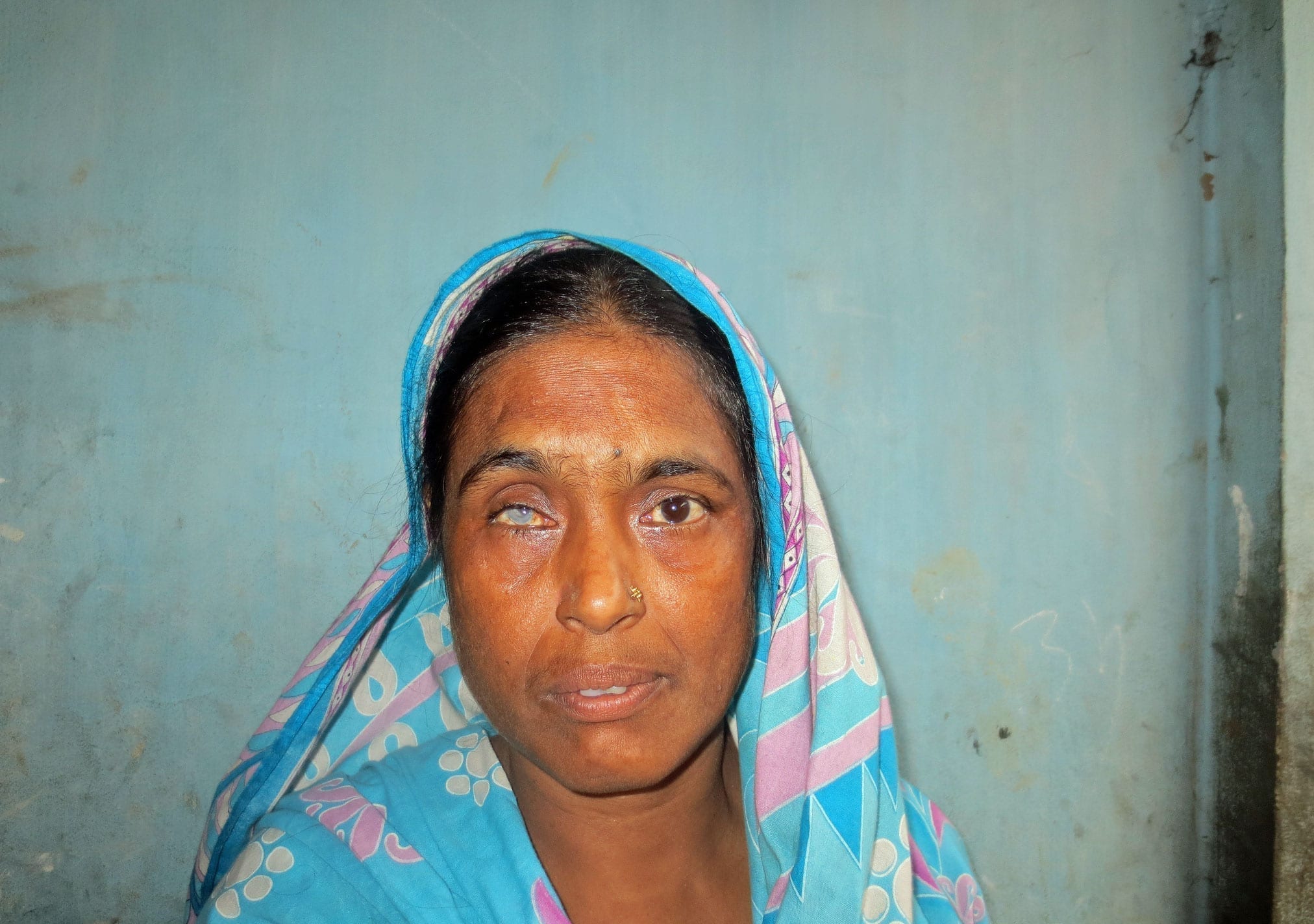
Nov 22, 2013
“Now my life seems worthless,” Shahanaz Begum said, crying. “I cannot see through my right eye. I have problems in my spinal cord and can’t even walk properly. I cannot sit because my left leg was broken (and did not heal well), my right leg is filled with blood clots and I cannot lift heavy weight.”
Shahanaz sustained all these injuries while fleeing the burning building where she worked, the Tazreen Fashions garment factory. The only way she could escape with her life was to jump through a window: The building had no fire escapes and the stairs led to the burning storage room on the first floor. And the only reason she is alive today is because she defied the factory manager who told her she could not leave.
A year ago this weekend, 112 garment workers died in a fire that burned Tazreen Fashions, located in the outskirts of Bangladesh’s capital, Dhaka. Women and men working overtime on the production lines were trapped when fire broke out in the first-floor warehouse. Workers scrambled toward the roof, jumped from upper floors or were trampled by their panic-stricken co-workers. Some could not run fast enough and were lost to the flames and smoke.
Shahanaz’s daughter, Tahera, also worked at Tazreen. Since the tragedy, Tahera’s mental state is fragile. Shahanaz’s husband married a second wife after Shahanaz lost her right eye in the disaster and, now with two families, he only occasionally provides Shahanaz with financial support. With her injuries, Shahanaz says, “I am not able to work and I don’t think that I will be able to work anymore.”
As a result, she has stopped taking her medicine because she cannot afford it. She can no longer support her mother, as she did before. And she is unable to pay her rent. She spent the compensation she received after the disastrous fire (from the Bangladesh Garment Manufacturers Employers Association and two private organizations) on the extensive treatment she required in four separate hospitals.
For the survivors of the Tazreen fire and their families, Shahanaz’s untenable situation is far from unique. Shahanaz and many other workers who survived the events of that awful evening now face very uncertain futures, abandoned by the factory owner, the brands and the government and left with few resources to deal with the financial and emotional disaster they continue to experience.
Aug 4, 2013
Women around the world work make up the vast majority of workers in dangerous, difficult and low-paid jobs—and in Bangladesh, garment workers, the majority of whom are women, often risk their lives for a chance to support themselves and their families. More than 1,100 workers were killed in the most recent garment factory disaster when the eight-story Rana Plaza building collapsed in April.
Morium Akter Sheuli, elected this year as general secretary of the 100,000+ member Bangladesh Independent Garment Workers Union Federation (BIGUF), was 9 years old when she began work in a garment factory. At age 14, she began organizing co-workers to gain a collective voice on the job to improve workplace safety and wages.
Bangladesh has “more than 4 million garment workers, of which 80 percent are women (and) almost 70 percent of all women employment in the nation’s manufacturing sectors,” said Morium. She spoke last week in in São Paulo, Brazil, during a July 30-31 Solidarity Center conference, “Women’s Empowerment, Gender Equality and Labor Rights: Transforming the Terrain.”
Although garment exports account for 75 percent of Bangladesh’s exports, workers in the country’s 5,000 garment factories are paid a minimum of $38 a month while enduring dangerous and deadly workplaces.
Following the Rana Plaza tragedy and other mass deaths at Bangladesh garment factories, the United States in June suspended its Generalized System of Preferences (GSP) reduced tariff benefits agreement with Bangladesh. In July, Bangladesh passed a new labor law, one that Morium says “is not enough for workers.”
“In some ways, the previous law was better than this one,” Morium said through a translator, in an interview with the Solidarity Center. “Workers are not very happy with the new law after Rana Plaza, thinking it is imposed on them.”
Although the government has made registering unions easier in recent weeks, the new labor code still does not apply to the hundreds of thousands of workers in the country’s export processing zones where a large number of garment workers are employed, according to an analysis by the AFL-CIO. The International Labor Organization (ILO) has found that current law that regulates labor relations in the zones violates core labor standards.
Like conference participants from a variety of countries, Morium, who has been actively involved in various union leadership positions and union organizing efforts, described how international support has been essential to improving women’s working conditions. She sees hope in the international Accord on Fire and Building Safety in Bangladesh, a legally binding agreement committing the more than 80 major corporations that signed on to funding safety and building upgrades and holding independent factory inspections.
“I think that it will be a better tool for our workers in Bangladesh,” she said.






